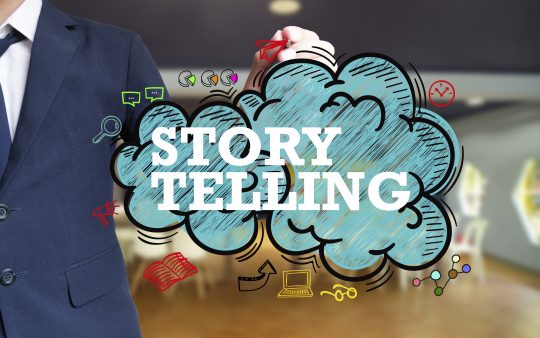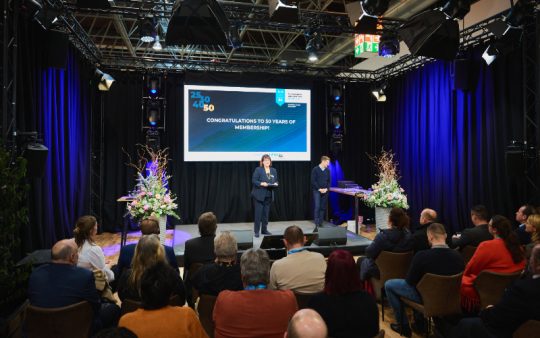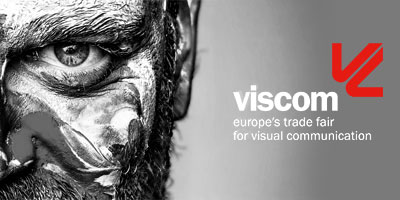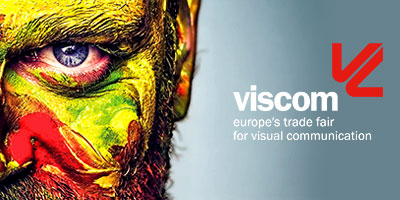Storytelling today. Selling better with stories.

Published on 06.10.2021
Readers want gripping stories that entertain and offer informative added value. Caroline Zöller, CEO of Forteam Kommunikation, knows how to write such texts.
Purely rational communication no longer fills shopping baskets today. Anyone wanting to sell products has to tell stories – with images, films and – especially – also words. Also in the promotional product industry. Caroline Zöller, CEO at the Cologne-based agency Forteam Kommunikation, explained what copywriters have to pay attention to in storytelling at PSI Digital 2021.
Transmitter for the senses, wake-up call for the emotions
Words can do more than just transmit information. They can bring up memories, trigger emotions, appeal to the senses and tell stories – provided the copywriter has chosen them well and orchestrated them into a gripping story. But what is the key to style in a “good story”? Which sort of copy is most effective to communicate strategically? And by which (digital) media does it unfold its biggest sales potential?
The three-second rule
Copywriters are under tremendous pressure. “Readers decide is as few as three seconds whether a text captivates them and prompts them to read on or not,” says communication expert Caroline Zöller. She countered this sobering perspective by a motivating “house” of five pillars that copywriters can orient themselves towards time and again. Caroline Zöller: “I have to arouse curiosity and offer clarity about the content from the first word. I need a consistent, image-like copy idea and eloquent vocabulary to emotionalise my target group. And there must be a logical, coherent structure that carries the plot.”
Copy optimisation: self-instruction by checklist
Copywriters benefit from checklists – not only as effective organisational aids but also as a personal intermediary lector that takes the quality of the work to a new level. “When I started out, I always had a list of criteria lying next to my PC against which I critically checked my copy,” reported Caroline Zöller from her wealth of experience. “This was an ideal way for me to check I had not made any stylistic mistakes before submitting the work. Over the course of time, I was finally able to do this without the list because I had internalised my criteria – like learning them by heart.”
Tips for the text structure
Beating about the bush, stereotypes, stating the obvious, nominalisation, synonyms, repetition – good stories can do without all of this. Instead, they should be intelligently written and captivate readers with error-free grammar and spelling. Rewarding stories also score points with true added value, concrete examples, emotionalising speech and consciously selected adjectives. Any technical terms and abbreviations used should be explained as illustratively as possible. Caroline Zöller also recommends: “To ensure the content remains understandable for the reader, copywriters should only write about things they really understand. It also helps to think carefully beforehand about how to address readers authentically and in a way that is appropriate for the target group. In this context gendering must also be viewed and implemented strategically.” Rather than giving any general recommendations for the use of anglicisms, the CEO of Forteam Kommunikation felt that this depended on the target group and product and/or brand to be promoted. However, a taboo for Zöller was advertising speech – even though storytelling is categorised as content marketing.
Use a variety of text types
There is a variety of text types which, to Caroline Zöller’s mind, only develop the full potential of a content strategy and storytelling techniques in an individual interplay. Correspondingly, she says, a critical look at text type is worthwhile to generate maximum interest in a brand or product. “Classic journalism like reports, news items, features, portraits, interviews, editorials, commentaries, reviews, glossies, essays and feuilletons continue to make a big impact,” confirmed Zöller. Beyond this, she urged the audience to focus more on the ‘young wild ones’: “In particular, those text types thriving on digitisation – such as blog posts and newsletter and social media posts – need to be to the point.” Not only in terms of content but also in terms of form. After all, the content formats and delivery vary widely between Facebook, Instagram, Twitter, Pinterest, YouTube, Vimeo, TikTok and Twitch.
Blog post: offer added value, represent an opinion
Being to the point for a blog post means: the headline must arouse curiosity and the “thematic hook” must be relevant for the target group. Right in the first paragraph the topic is boiled down to the key statements before the topic is addressed in more detail later on and, if need be, current statistics or forecasts are intertwined. Only then, to conclude, do copywriters arrive at the product level. In Caroline Zöller’s view, product recommendations are suitable here in conjunction with concrete application examples, reference to special prices or a link to matching products from the range.
Newsletters: content appetisers
In order for the “electronic circular” to generate sustainable interest and significant traffic for the actual website, Caroline Zöller recommends covering a maximum of three topics including boiler plate per issue. “A newsletter must not overwhelm the reader,” the communication expert warned. Therefore, she advised a crisp introduction and short texts. These should invite the reader to delve deeper into the topic, with (only) the boiler plate being dedicated to a specific product.
Social media postings: in keeping with the channel is key
The relevance of social media is undisputed. Accordingly, the role of social media platforms, microblogs, blogging services, video and live streaming portals is significant for the success of a content strategy based on storytelling. However, the users, as well as the specifications and delivery formats (for example, of visible characters) sometimes vary significantly from one another. For this reason, text production must be channel- and target group-oriented, says Caroline Zöller. The mobile internet has changed media use and established social media as a source of news. This has led to new reading habits that demand an attention-grabbing “hook” – regardless of whether it is Twitter or Twitch.














